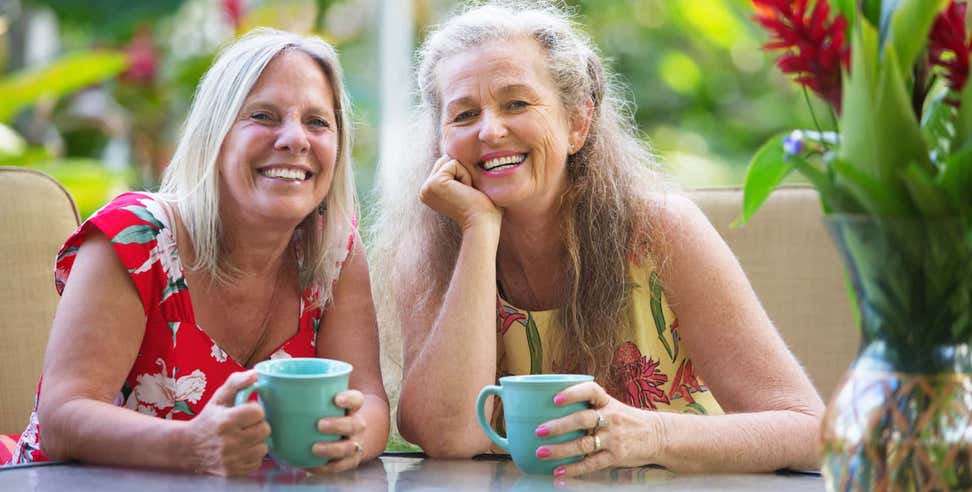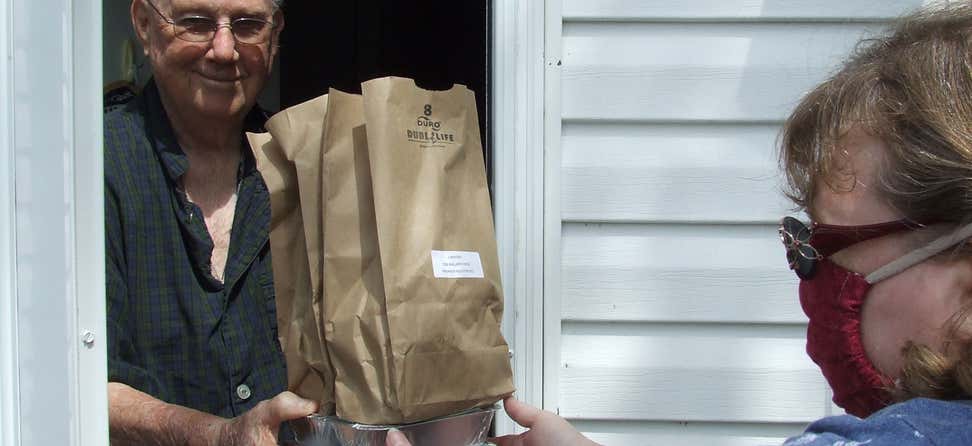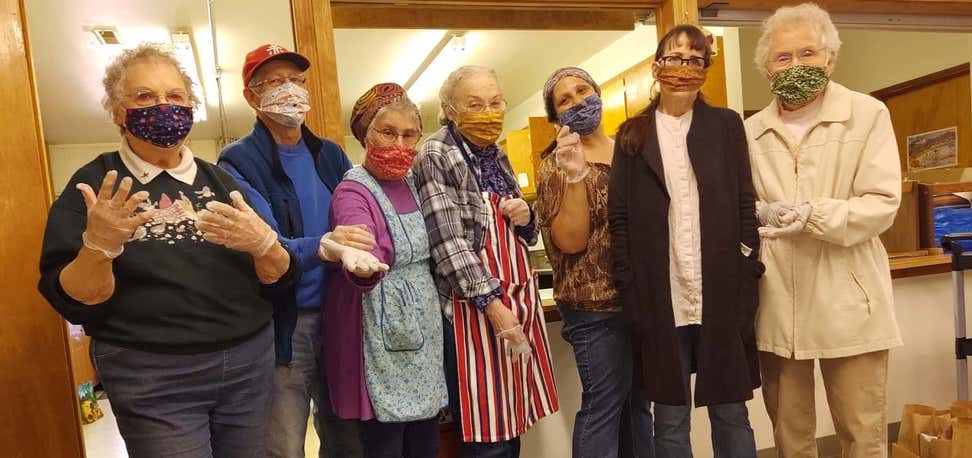Key Takeaways
Today, there is greater recognition, understanding, and support for LGBT people. Yet, LGBT older adults often feel isolated and alone.
With an estimated three million LGBT older adults residing in communities large and small across the country, senior centers play a vital role in supporting and connecting them.
Here are five strategies and resources your senior center can use to improve your outreach to LGBT older adults.
The month of June finds lesbian, gay, bisexual, and transgender (LGBT) communities across the country celebrating at Pride parades and festivals.
The celebrations mark the beginning of what is commonly referred to as the modern gay rights movement, which started with a police raid in June 1969 at the Stonewall Inn, a popular gay bar in New York City. The raid was followed by three days of protest as LGBT people gathered to demand equal rights.
Today, there is greater recognition, understanding, and support for LGBT people. Yet, LGBT older adults often feel isolated and alone. With an estimated three million LGBT older adults residing in communities large and small across the country, senior centers play a vital role in supporting and connecting them.
Here are five strategies and resources your senior center can use to improve your outreach to LGBT older adults:
- Review organizational policies. Policy recommendations include adding sexual orientation and gender identity to your nondiscrimination statement. To learn more about policy and program updates, see the guide Inclusive Services for LGBT Older Adults: A Practical Guide to Creating Welcoming Agencies.
- Review and update intake forms. Including questions that provide people with the opportunity to share important information related to their sexual orientation and gender identity is a way to demonstrate that you recognize that your constituents may be LGBT, and demonstrates respect and inclusiveness. To learn more about LGBT inclusive intake forms, see the guide Inclusive Questions for Older Adults: A Practical Guide to Collecting Data on Sexual Orientation and Gender Identity.
- Provide cultural competency training to staff. With LGBT cultural competency training, your staff will be better equipped to identify and address the needs of LGBT older adults and be seen as a trusted resource to the LGBT community. To learn more about training options, visit www.SAGEUSA.care.
- Partner with local LGBT organizations. Reach out to LGBT organizations in your community and offer to partner with them on programs and outreach events, such as local Pride celebrations. There are SAGE Affiliates and LGBT Community Centers across the country who may make perfect partners for building collaborative relationships.
- Provide programs that promote LGBT inclusion, awareness, and acceptance. LGBT older adults seek community events in spaces where they feel welcomed. A simple, yet impactful, way to begin inclusive and educational programming is by offering a movie night featuring an LGBT-themed film. For more information on LGBT programming, see the guide LGBT Programming for Older Adults: A Practical Step-by-Step Guide.
To continue this discussion, join SAGE’s National Resource Center on LGBT Aging at the Senior Centers 2017 Conference near Chicago on June 15 for the session, Creating LGBT Welcoming Senior Centers.










